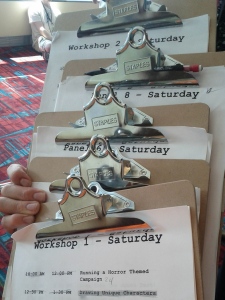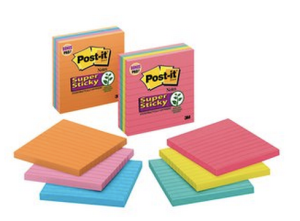 One of the projects I am managing these days is a synchronous e-learning (webinar) series for young leaders. I find myself wishing that the digital interface were more like social networking.
One of the projects I am managing these days is a synchronous e-learning (webinar) series for young leaders. I find myself wishing that the digital interface were more like social networking.
Using Cisco WebEx
A webinar is kind of like a PowerPoint presentation, delivered live over your computer. We are using WebEx, which is one of my favorite platforms for this kind of training — versatile tools, easy to use, good information flow back to the presenter (important since you can’t see your learners).
WebEx, like other synchronous e-learning platforms, also allows for a variety of participant interactions — both among participants, and between participants and instructor or producer. (A producer of a webinar takes care of technical housekeeping and troubleshooting while the presenter concentrates on facilitating learning.)
Social networking functionality
What I keep wanting is for the interface to look and feel more like a social networking experience.
We know that social presence — such as human speech or images, also known as pedagogical agents (PDF) — can be helpful for maintaining the attention and motivation of distance learners.
Social networking functions such as photos of other learners tied to the participant and chat lists might work in a similar way. Connecting to your professional network through LinkedIn links, live Tweeting of webinar content, and other tools also might support (rather than detract from) learner attention.
Photos
Isn’t it obvious (in the age of LinkedIn, Facebook, Twitter, etc.) that we should be able to see each other’s profile photo as well?
While WebEx offers a chat window — so you can instant message the instructors or other participants or the group as a whole — you can only see a list of participant names in the chat window.
It seems like an interface with LinkedIn would be useful here — WebEx could pull in participants LinkedIn profile pics, and their LinkedIn headline — so people see a name and face, with a quick sense of who each other is in space and time. If a participant didn’t have, or didn’t want to share, their LinkedIn profile, they could opt out.
Like button
And once folks start chatting, it just feels wrong that we can’t “like” another person’s chat.
“Liking” (or clicking a thumbs-up icon) isn’t just a cliche of our times. It’s a way of building esprit de corps — and of showing agreement and support for what someone else has said.
And “liking” someone else’s comment or question is also potentially great feedback for the instructor.
Live Tweeting
Finally, WebEx should make live Tweeting from the webinar easier.
In addition to the chat window, a Twitter window would be so handy. If a participant does not use Twitter, and doesn’t want to read the Twitter feed, they can collapse that window so it’s invisible.
To make it work, webinar organizers could indicate a hashtag for the event, and encourage learners to use it in their Tweets.
One design might be to have participants only see each other’s Tweets — to sidestep the distraction of seeing their whole Twitter stream.
By live Tweeting the presentation, participants must listen carefully, and pull out and echo the most salient points of the session.
In effect, Twitter could be a useful reflection tool and note taking tool. Live tweeting would also give learners a self-assigned role to play during the webinar — reporting or re-teaching webinar content to the outside world.
The dangers of distraction vs. WIIFM
I know that the presenter’s great concern is maintaining the focus and attention of learners.
Without any research to back up my hunch, I’d like to propose that incorporating some elements of social networking will draw otherwise bored learners into the session more, and give them social and personal reasons to focus on webinar content.
In other words, if I sense that What’s In It For Me is connecting to others — either socially or professionally — by participating in the webinar, I will pay more attention.
Frankly, it also gives me something to do during a webinar.
HINT: If you’ve designed your session well, learners will pay attention anyway!
Do you participate or lead synchronous e-learning events? What tools do you use? Do you hate, or love, the idea of incorporating social networking functionality — which functions? Why?






